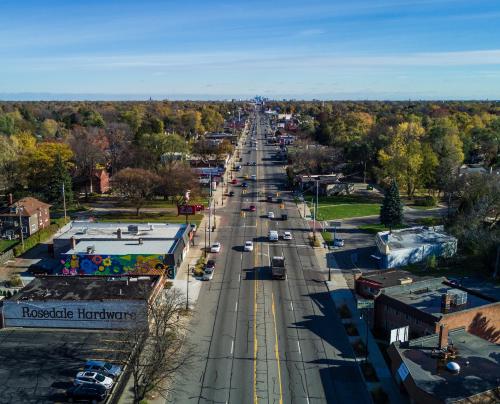EXERPT
What was the war about? Have its causes been addressed by the Comprehensive Peace Agreement (CPA)? What are the future prospects for the South after the tragic death of John Garang?
Sudan is a nation whose identity has been divisively distorted but which is now striving to rediscover itself, albeit in a tragically violent way. The silver lining is that a more constructive search for an identity framework around which Sudanese could unite may be within reach.
As with most, if not all, African countries, the colonial power brought together into a state framework national groups that had been distinctive, separate and in some cases mutually hostile. The identities that are currently in conflict are the result of a historical legacy of slavery that classified groups into a superior race of masters and inferior enslavable peoples. The North, two-thirds of the country’s land and population, is inhabited by ethnic groups, the more dominant of which intermarried with incoming Arab male migrants and traders and, over centuries, produced a mixed African-Arab racial group that resembles the African peoples south of the Sahara. Indeed, the Arabic phrase, Bilad al-Sudan (“the land of the blacks”) refers to all of those sub-Saharan territories. Arab immigration and settlement in the South were blocked by distance, environmental barriers, the harsh tropical climate and resistance of the warrior Nilotic tribes. Those Arabs who ventured southwards were primarily slave raiders, driven by commerce, not interest in Arabising and Islamising the South.
As the dominant partner in the Anglo-Egyptian Condominium, the British ended slavery and effectively governed the country as two separate countries. They developed the North as an Arab-Muslim society and forged in the South an identity that was indegenously African, exposed to Western influences through Christian missionaries, but otherwise denied any political, economic, social or cultural development. Until colonial policy dramatically shifted in 1947, it appeared that the British intended to prepare the South for independence as a separate state.
The independence movement was pioneered and championed by the North, supported by Egypt. The cause was reluctantly supported by the South, which stipulated federalism and guarantees for the region as conditions for endorsing independence. The South opted for independence on the basis of Northern reassurances that their concerns would be given “serious consideration,” However, the North quickly reneged on promises to Southerners and stepped itno the British colonial shoes. As internal colonizers, Northern governmetns sought to impose Arabisation and Islamisation as the bases of a unified homogenous Sudan.
Southern opposition to impending Arab domination began in August 1955, six months before independence, when a battalion of southern soldiers in the town of Torit mutinied and fled with their weapons. Their protest escalated into a rebellion which resulted in a civil war that was to rager intermittently for over half a century.



Commentary
African Renaissance: Towards a New Sudan
November 1, 2005